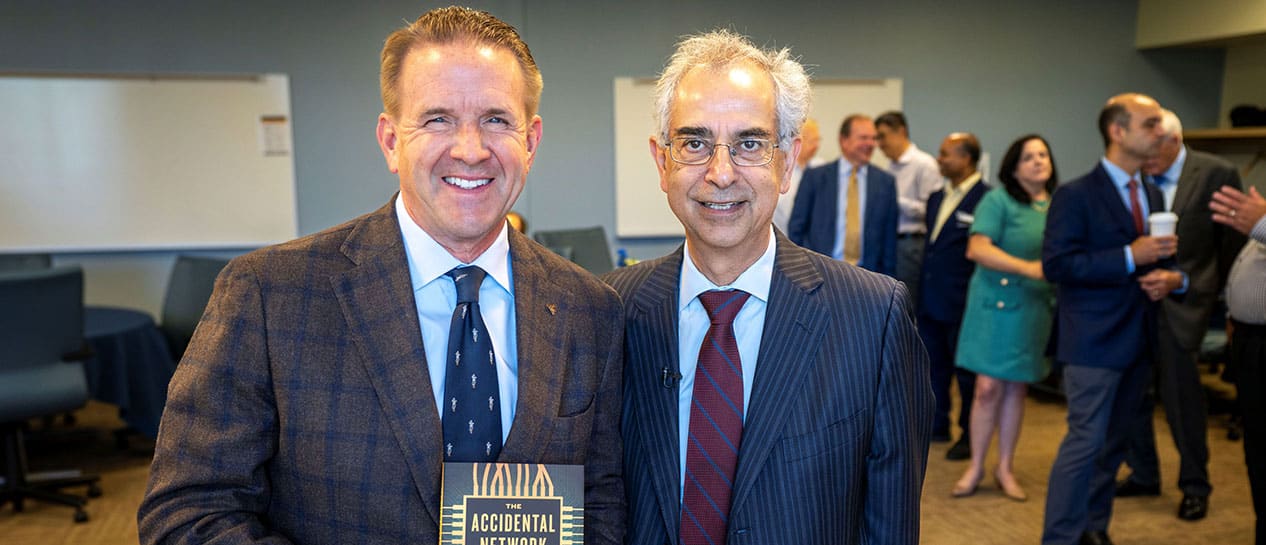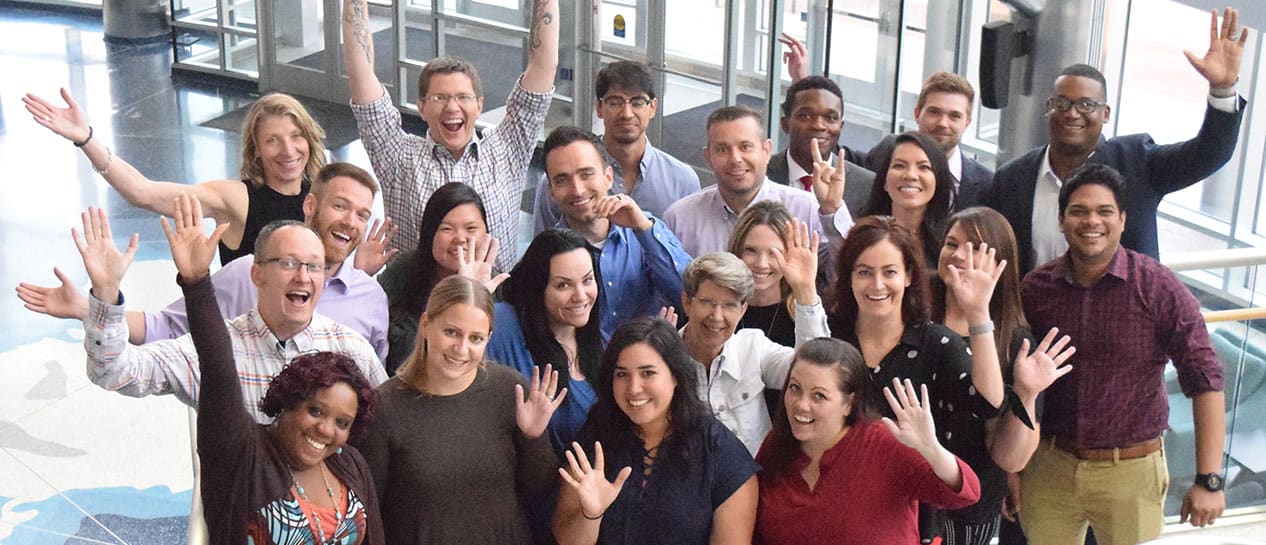Entrepreneurs get all the press when talking about innovation. But the unsung heroes of innovation in business today are those driving change within their organizations. These are the intrapreneurs – people within a corporation who turn an idea into a profitable venture through risk-taking and innovation.
The term intrapreneurship has been around for years, but most organizations give little thought to identifying (and cultivating) intrapreneurs inside their organizations.
All business leaders understand that new ideas keep businesses relevant and competitive. But just as critical to an organization’s success is retaining and engaging high performers. Giving your high performers the latitude to drive change and act as intrapreneurs keeps them engaged in their roles, making them 87% less likely to leave your company*.
The good news is that intrapreneurs are already scattered throughout your organization – it’s just a matter of finding and engaging them. So, how can you identify potential intrapreneurs in your organization? Look for the following five traits:
1. Independent thinkers are those who question the status quo and rely on experience, trial and error and research to think through problems and make decisions. Since they tend to question everything, individuals who exhibit these characteristics can sometimes be perceived as not being team players. But this tendency to question everything is what also makes them the best intrapreneurs. If independent thinkers are given the permission and the right tools, they will focus their energy on innovating instead of detracting.
2. Healthy risk-takers, or people who comfortably make decisions and move forward with incomplete, ambiguous or even imperfect data are essential to intrapreneurship. In the world of innovation, there are usually more assumptions than facts, and rarely is the data complete. The most effective and successful intrapreneurs are able to integrate minimal data with their knowledge and experience and feel confident enough to keep going.

4. Change drivers, or those who can transform the big picture into actionable bite-sized pieces and then engage the necessary resources to achieve their goals. But change is hard – in part because large organizations have embedded certain processes and ways of doing business, and in part because human nature tends to resist change and favor habit. Intrapreneurs need to possess the courage of their convictions and the disposition to swim against the current. Effective intrapreneurs need to be the catalyst for change.
5. Lifelong learners are people who view life as a journey of learning and who rely on experiences, information and mentorship from others. Since innovation involves creating something different, true innovators possess curiosity and a thirst for knowledge. These are the “renaissance” men and women among you. They stay current on new learnings in their field and beyond and connect the dots from all aspects of their life to solve problems in unique ways.
Identifying these up-and-comers is just the first step. Intrapreneurs thrive within a culture of innovation. What does this culture of innovation look like? First, leaders need to actively encourage and support creative thinking from their people. They need to acknowledge that great ideas can come from anywhere. In practical terms, organizations need to reward risk-taking, invest in learning and, most importantly, accept that failure is just a stepping-stone to success.
Second, leadership needs to treat innovation seriously, giving it resources and support like other business priorities – more than just the occasional hack-a-thon or Shark Tank-like pitch competition. Driving innovation in organizations comes down to resource allocation.

And finally, intrapreneurs need to be given the tools to succeed. This may include training on how to effectively innovate within an organization. Subject matter experts may know everything about their area of expertise, but not how to create a business case that speaks to their leadership. Intrapreneurs also need the time and space to work on their ideas, whether it’s a formal initiative that designates a percentage of work time to innovation or just informal support that allows for flexibility to explore new ideas.
Whether an intrapreneur is streamlining a process, looking to cut costs, creating an app, opening a new market or figuring out a new source of revenue, investing in them and providing an environment where they can succeed is critical to ensuring that an organization meets its strategic goals. In order to keep organizations at their competitive best, it should be the mission of professional people developers to identify, train and enable the hidden intrapreneurs within your midst.
Who are tomorrow’s best innovators? They may already be working for you.
*Inc. Magazine, What You Risk by Forgetting Employee Engagement, by Elizabeth Kiehner
**HBR, Managing Your Innovation Portfolio, by Bansi Nagji and Geoff Tuff
Originally published on c2hr.org.
Janice Silver
VP Intrapreneurship Academy
The Cable Center
In her work leading IA, Janice Silver is passionate about amplifying intrapreneurship, advancing innovation, and creating lasting impact in our fast-changing industry. Learn more about IA at www.intrapreneurshipacademy.org.




